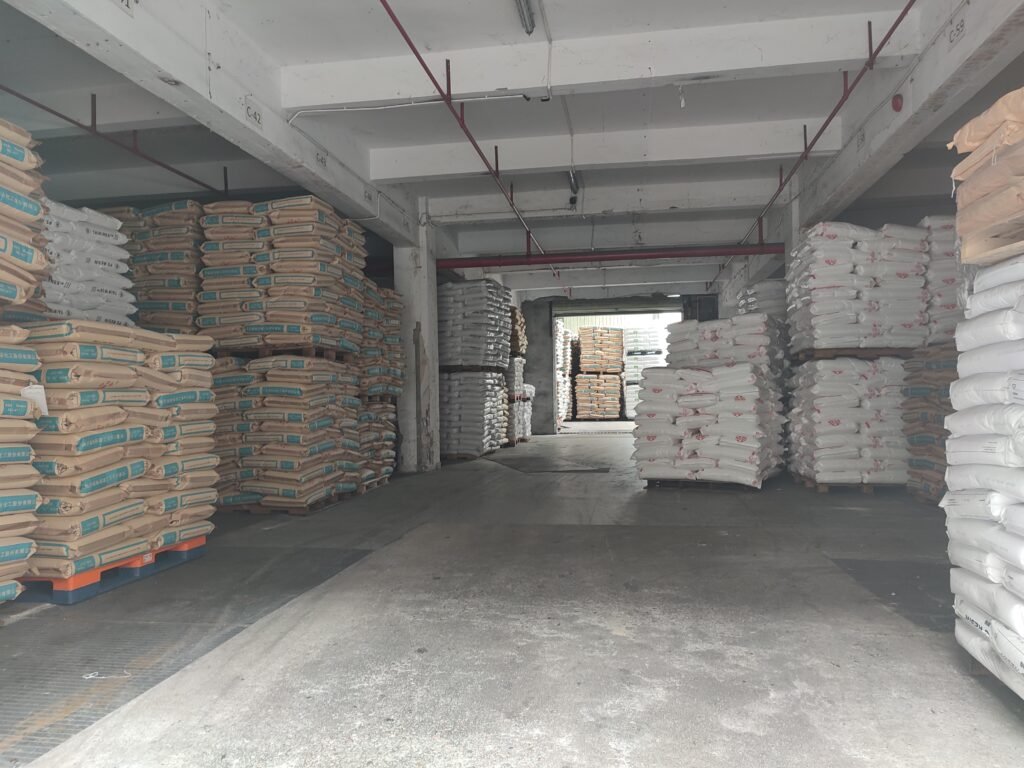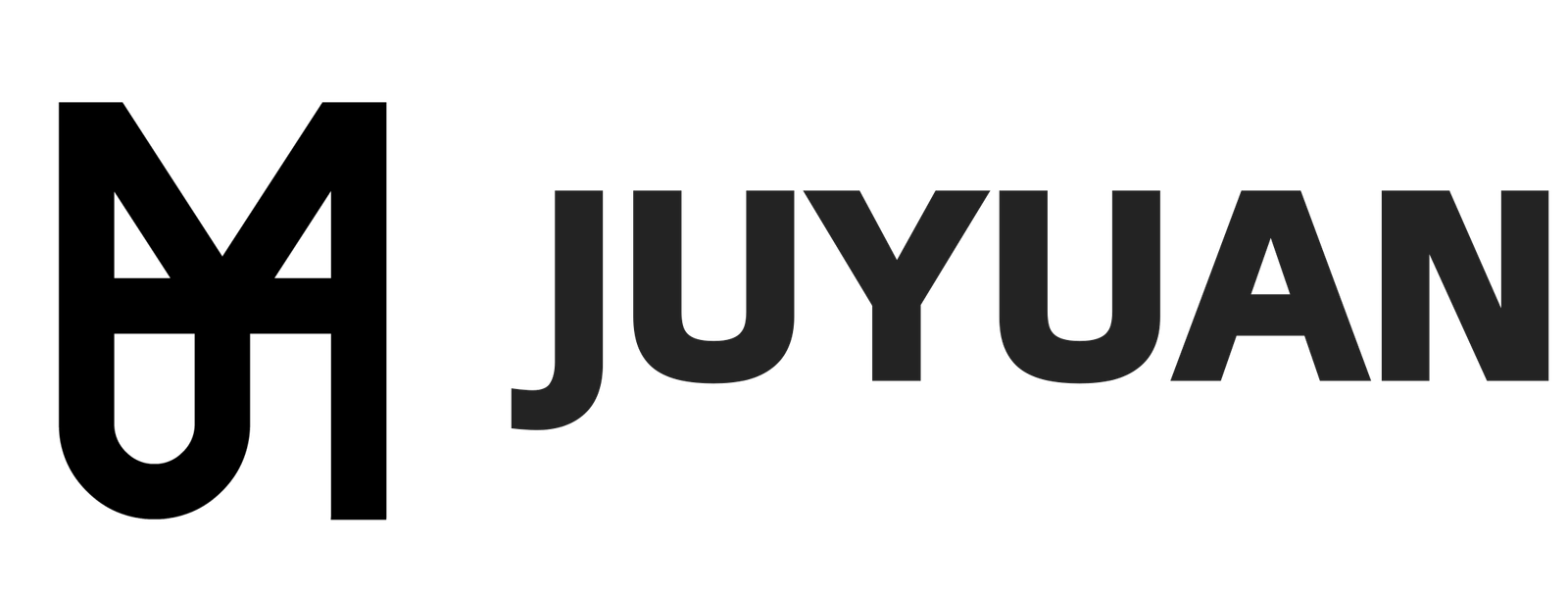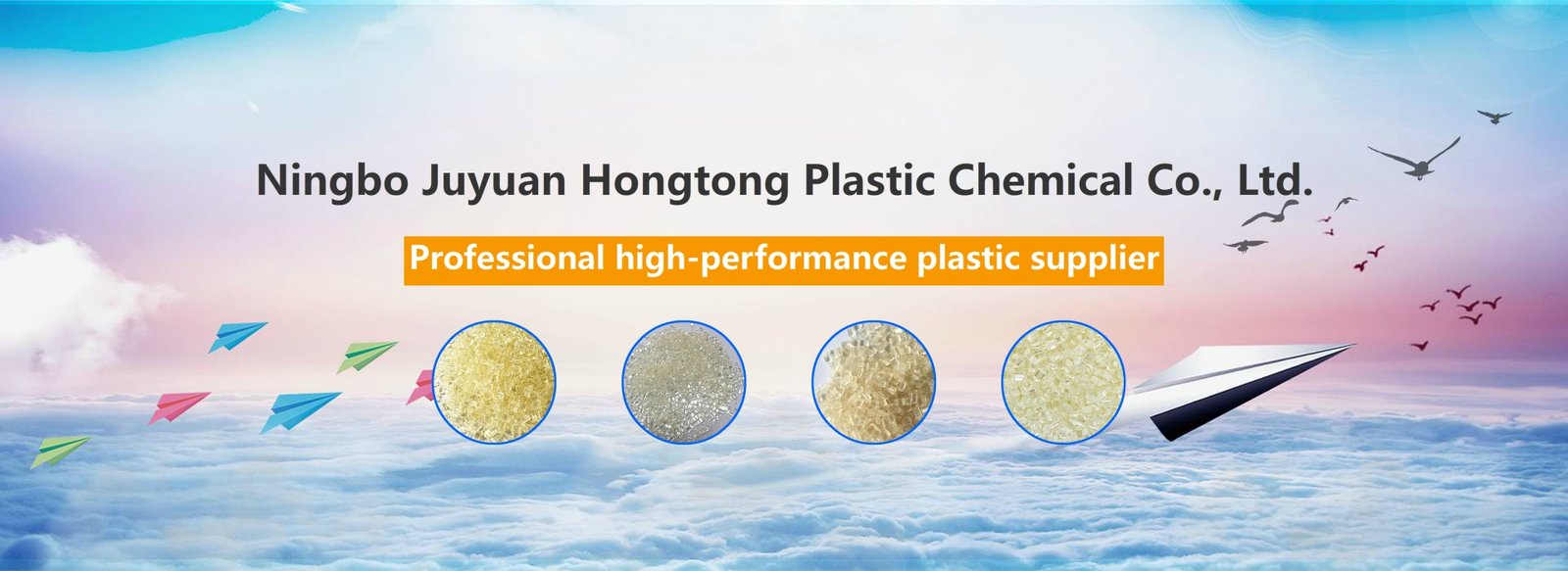01 | EVA Sole Material Industry Positioning
In global footwear manufacturing, EVA (ethylene-vinyl acetate copolymer) dominates the midsoles of athletic and casual shoes. In shoe-making and exporting countries like China, Vietnam, and Indonesia, EVA soles hold a dominant market share of over 60%.
However, the performance of EVA soles is closely related to the raw material formula, expansion ratio, and degree of cross-linking. Performance differences between different EVA grades can reach over 30%.

EVA Sole Is Material Good or Bad
02 | Technical Parameters of EVA Particles Determine Sole Performance
| Propiedad | Recommended Range (Sports Shoes) | Performance Impact |
| VA Content (%) | 18–28 | Elasticity and softness; higher VA improves comfort but reduces abrasion resistance |
| Melt Flow Index (MFI) (g/10 min) | 1.5–3.0 | Determines processability and foam uniformity |
| Density (g/cm³) | 0.93–0.95 (raw pellets) | Affects post-foaming weight and structural stability |
| Tensile Strength (MPa) | ≥ 8 | Ensures durability and resistance to deformation |
| Tear Strength (kN/m) | ≥ 30 | Prevents tearing in high-stress areas of the sole |
03 | Advantages and Disadvantages of EVA Soles—From a Process Perspective
Advantages:
・Lightweight and Highly Resilient: Foamed EVA has a density as low as 0.20 g/cm³, reducing weight by 30–40% compared to rubber soles.
・Cushioning and Shock Absorption: Suitable for athletic footwear such as running and basketball shoes.
・Color Customization: Adapts to individual brand needs.
・Waterproof and Antibacterial: Suitable for outdoor and humid environments.
Disadvantages:
・Low-abrasion resistance compared to rubber: Requires an external rubber outsole or the addition of anti-wear agents.
・Limited high-temperature stability: May deform at temperatures above 70°C for extended periods.
・Compression set: Long-term compression will cause rebound loss.
04 | Processing Technology Matching and Precautions
Common Processes and Characteristics:
| Proceso | Características | Suitable Footwear | Raw Material Requirements |
| Injection Foam Molding | High molding precision, fast production efficiency | Mass-produced sports shoes, children's shoes | Medium to high VA content EVA |
| Compression Foam Molding | Uniform foaming, good cushioning | High-end running shoes, midsoles | High VA content EVA, low MFI |
| Sheet Extrusion + Stamping | Continuous sheet production | Sandals, slippers | Medium to low VA content EVA |
| Hot Press Molding | Low cost, highly adaptable | General casual footwear | General-purpose EVA |
05 | Cost and Supply Chain Factors
Raw Material Price Fluctuations: EVA pellet prices are significantly affected by crude oil and vinyl acetate monomer prices.
Imported vs. Domestic Comparison: Imported EVA (such as Lotte and Formosa Plastics in South Korea) offers advantages in odor control and foam uniformity, while domestic materials are more competitively priced.
Bulk Procurement Strategy: Large shoe manufacturers tend to sign long-term supply agreements to lock in costs, while small and medium-sized manufacturers can choose flexible procurement models.
06 | Procurement Recommendations
・Clearly define the target shoe model (sports/casual/protective) and then determine the VA content range.
・Request a Physical Data Sheet (TDS) and ask the supplier to provide foam samples.
・Pay attention to supply chain stability, especially during peak season production cycles.
・Consider formulation restrictions imposed by environmental regulations (such as EU REACH and RoHS).
07 | Market Trends
Lightweight and high rebound: E-TPU and supercritical foamed EVA are gradually becoming alternatives for high-end shoe soles.
Environmentally friendly foaming technologies: CO₂ foaming and recyclable EVA particles are beginning to be commercialized.
Functional composite materials: Multilayer structures of EVA, rubber, and PU improve wear resistance and anti-slip properties.
08 | Global Comparison of EVA Raw Materials from Different Origins
To meet the purchasing needs of international customers, we compare the characteristics of EVA particles from different production regions from a global perspective:
East Asia (such as South Korea, Taiwan, and Japan)
・EVA particles produced in East Asia excel in odor control, color stability, and foaming uniformity, meeting the stringent standards of high-end footwear and sports brands.
Southeast Asia (such as Thailand, Vietnam, and Malaysia)
・Offering advantages in cost control and bulk supply, they are suitable for the mid-range and mass-market footwear markets.
Middle East and North Africa
・Leveraging the advantages of petrochemical raw materials, EVA prices are stable, making it suitable for long-term, large-volume orders.
Americas
・Renowned for its stable supply chain and consistent product quality, we are ideal for customers requiring local North American supply.
09 | Our Supply Advantages
As a global plastic raw material trader, we offer:
・Direct supply of Pellets de EVA from multiple production areas: Covering sourcing locations across East Asia, Southeast Asia, the Middle East, and the Americas to meet diverse needs.
・Flexible supply models: Rapid response from prototypes to mass production.
・Technical support: Provides formulation recommendations, expansion ratio optimization, and production process guidance.
・Stable supply chain: Long-term port warehousing and international logistics partnerships ensure on-time delivery.
Whether you're pursuing high-end performance or focusing on cost control, we can find the most suitable EVA sole raw material solution for you.


